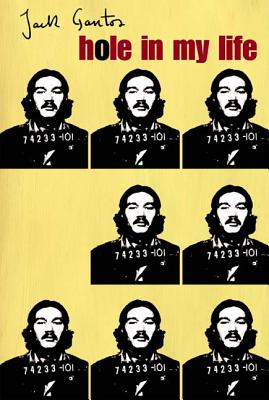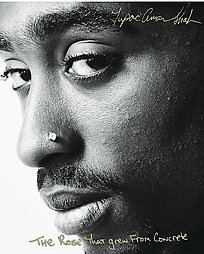
Absolutely hilarious and totally relatable. Jon Scieszka invites the reader into his childhood antics growing up as the second oldest in a family of six boys. Family photos often deliver the punch line as Scieszka tells stories about Halloween costumes, school photos, and hand-me-downs. While each of the stories are brief and written in language that is accessible for students with a low reading level, the work maintains a reverence for childhood as a special time from the perspective of someone who has already left it. In this way, it invites even the most disenfranchised students to reflect upon the innocence, silliness, and adventure of childhood without talking down to them. Teachers can easily select one tale to share as a class and invite students to tell their own story.
Scieszka, Jon. Knucklehead: Tall tales & mostly true stories about growing up Scieszka. New York: Viking, 2008.





